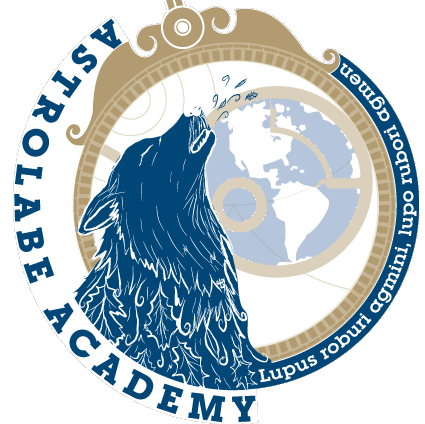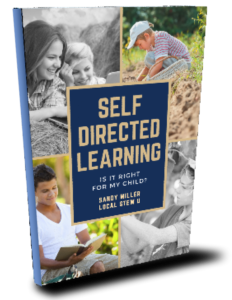An Inaugural Journey – The James River Research Expedition
The Journey…
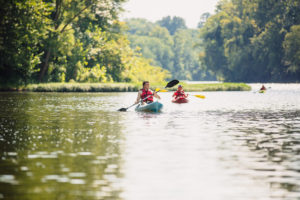
Kayakers on the upper James River in Botetourt County where the LoSU expedition will begin.
Photo Credit (this and cover photo): Sam Dean
Instagram: @sdeanphotos
It’s 9 AM on a cool, late spring morning. Students, teachers, scientists and a few guests file onto the charter bus, find a seat and get settled in for the long ride into the Allegheny Mountains. Some sleep, some talk or work quietly in their seats. They stop for lunch not too far from their destination, fully awake now and talking excitedly now about the days ahead. In just under an hour they will be in Botetourt County, facing the headwaters of the mighty James River, one of the longest and most impactful watersheds on the East Coast.
This river is a vibrant feature in America’s history and folklore. Native American artifacts can still be seen throughout the waterway. Along these banks are many historical landmarks and towns that forever changed the course of those native peoples and altered the landscape of what would become the United States. Today, the James River bears nearly 25% of all Virginia water to the Chesapeake Bay, running through and draining over 10,000 square miles of Virginia countryside, cities and farmland. Agricultural activities have a significant impact on this watershed.
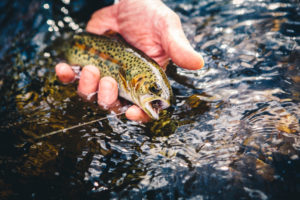
Fishing is one of the many uses of the James River and its tributaries.
Botetorut County Tourism
Photo Credit: Sam Dean
Instagram: @sdeanphotos
LoSU students will be embarking on a two-week journey to explore and learn as much as they can about their river and its estuary. They will discover the many uses of the river first hand through river adventure activities such as white water kayaking, tours of farms that have incorporated watershed protection practices, water treatment facility tours and so much more. Each day will bring another adventure. Each day they will collect water, soil and fish samples from the river with the help of scientists at very specific GPS locations using a new STEM education tool developed by VSU’s VA Cooperative Extension Office with LoSU staff assistance. Each day the students learn through hands-on experience what this river means to them, to Virginia, to the Chesapeake Bay and to the ocean.
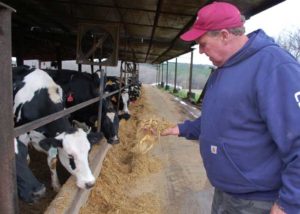
Robert M. “Bobby” Jones, who owns and operates Poor House Dairy Farm near Farmville, feeds his dairy cows. Jones won one of 10 Virginia Clean Water Farm Grand Basin Awards this year. Poor House Dairy is one of several farms LoSU plans to visit on this journey.
Credit: Farmville Herald, Feb 4, 2016
We have 8 goals for this expedition:
- Learn about the farm—ocean connection.
- Evaluate water quality, animal diversity, and soil/silt samples to determine overall health of river as it moves from source, through farming areas, urban areas and to the Chesapeake Bay.
- Implement a quality data collection tool for future use by others who spend time on the James River.
- Discover the many uses of the river from drinking water, household use, irrigation, recreation, etc.
- Analyze collected data to show patterns & influences.
- Make recommendations based on the analyzed data for farmers to further reduce impact on the watershed.
- Implement those recommendations on the school farm.
- Share what we are learning with others so it becomes a learning adventure for all.

Danville HS students collecting samples during Chincoteague Bay Field Station program similar to LoSU’s.
After a week of exploring the river, students, faculty and guests will then embark on another phase of the journey—studying the Chesapeake Bay with our new partner, the Chincoteague Bay Field Station at Wallops Island. The LoSU research team will spend a week taking classes, participating in research cruises and exploring the bays and beaches of Chincoteague and Assateague islands.
The entire expedition will be covered on the school blogs by the students and teachers as well as on social media. There will be a social media buildup prior to the beginning of the trip. Specific details for the expedition and itinerary will be published closer to the expedition dates. Stay tuned!
Featured in:
Richmond Times Dispatch - "When a Farm is Your Classroom"
Goochland Gazette - "Local Farm School Making Move to Charles City"
Cheryl Tan Media Podcast 49: [Strategy] Re-engage Your Tribe
Richmond Magazine – Private School Report 2017
NBC12 – Farm-based high school offers alternative for students
Goochland Gazette - "A new view of school"
Educators Challenged to Increase Interest in Agriculture
[FBW]
